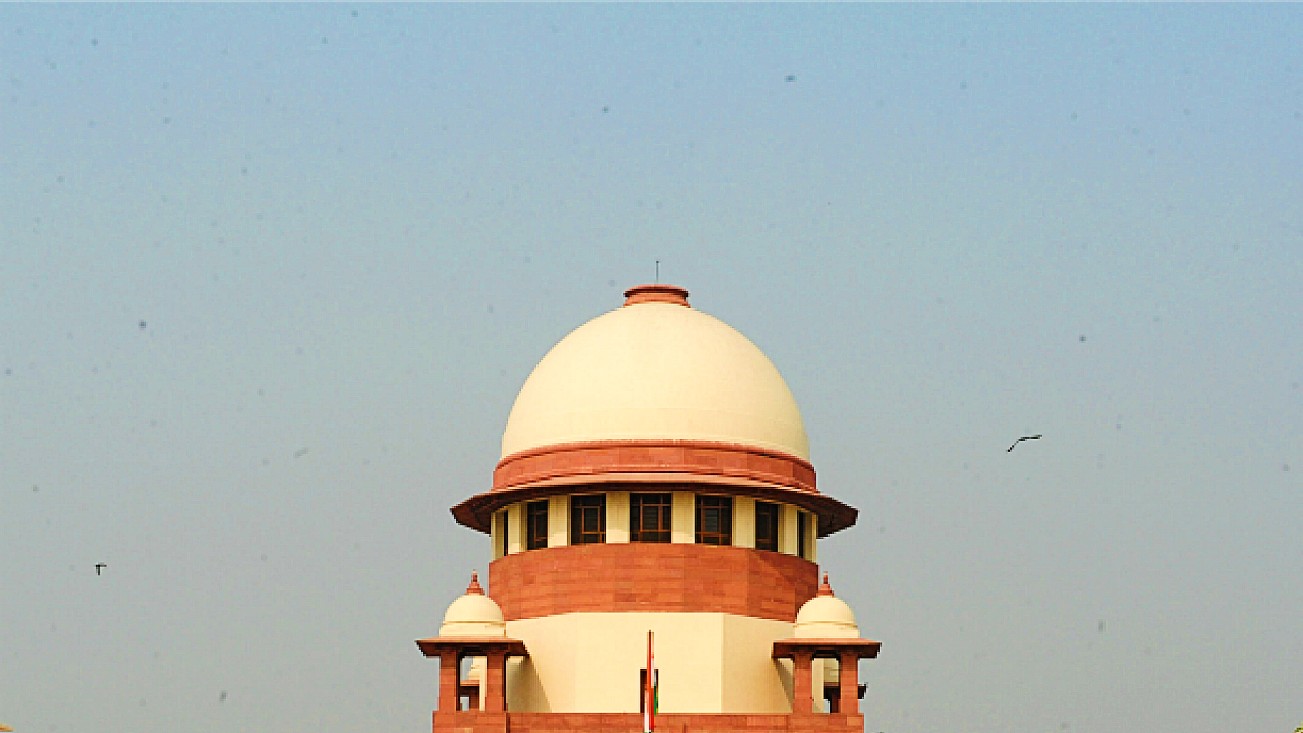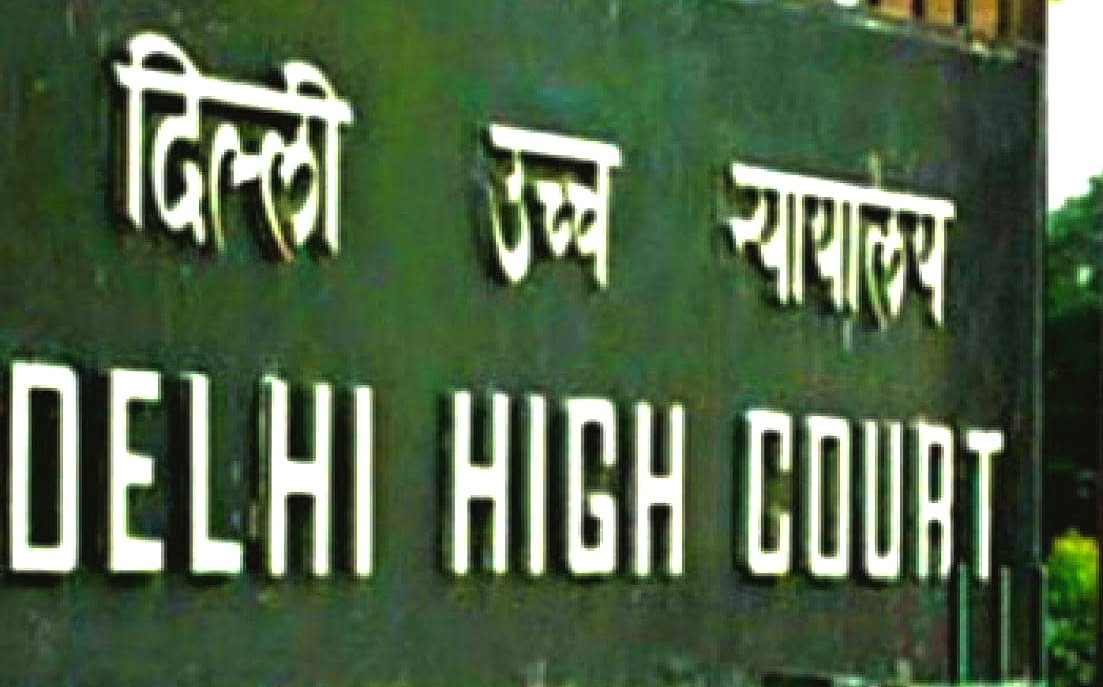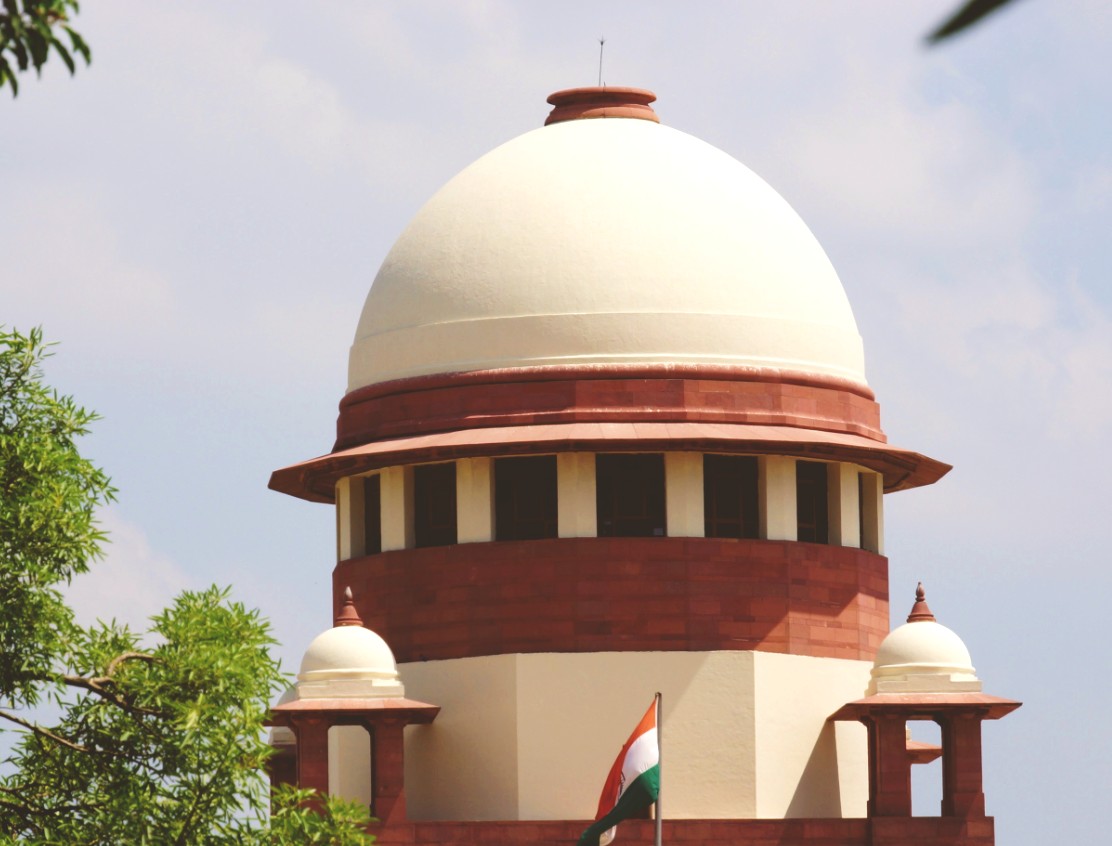‘Divorce, majorly, in Indian society is still considered a stigma’: Apex Court provides relief to 50-yr-old woman in case of matrimonial dispute, asks husband to pay Rs 25 lakh
Justices Sanjiv Khanna & Dipankar Datta [24-04-2024]

Read Order: MAYA GOPINATHAN v. ANOOP S.B. & ANR [SC- CIVIL APPEAL NO. 5296 OF 2024]
Tulip Kanth
New Delhi, April 25, 2024: In the absence of any binding precedent regarding the aspect that for claim of return of stridhan articles or money equivalent thereof to succeed, the wife has to prove the manner of such acquisition, the Supreme Court has awarded Rs 25 lakh as financial re-compensation to a 50-year-old woman in a case of matrimonial dispute which was initiated in the year 2009.
The factual background of this case was such that the marriage of the appellant and the first respondent was solemnized according to Hindu customs in the year 2003. For both of them, it was their second marriage. While the appellant was a widow, the first respondent was a divorcee. According to the appellant, 89 sovereigns of gold were gifted to her by her family at the time of marriage. Additionally, after the wedding, the appellant’s father (P.W.2) made to the first respondent a sum of Rs 2 lakh through a demand draft. According to the appellant, on the first night of marriage, the first respondent took custody of all her jewellery and entrusted the same to the second respondent under the garb of safekeeping. It was also the case of the appellant that all such jewellery stood misappropriated by the respondents to discharge their pre-existing financial liabilities.
In course of time, owing to inter-se disputes and differences, the spouses drifted apart. In 2009, the appellant filed an original petition before the Family Court for the recovery of the value of jewellery, and the amount of Rs 2 lakh which was paid by P.W.2 to the first respondent. The appellant also filed a petition for dissolution of marriage. The respondents filed a counterclaim for Rs. 70,000 as the value of a gold ring and gold chain which the first respondent customarily gifted to the appellant during the wedding ceremony.
The Family Court while allowing the appellant to recover Rs 8,90,000 as the value of 89 sovereigns of gold from the respondents, also directed the first respondent to recompense to the appellant Rs 2 lakh with 6% interest per annum from the date of institution of the proceedings till realization within 3 months. The marriage between the parties was also dissolved and the counterclaim of the respondents as well.
When the matter reached the High court, while partly setting aside the relief granted by the Family Court, the High Court held that the appellant had not been able to establish misappropriation of gold jewellery by the respondents. However, the direction whereby the first respondent was asked to return Rs 2 lakh to the Appellant was upheld. The appellant had taken exception to this judgment in the present appeal before the Top Court.
At the outset, the Division Bench of Justice Sanjiv Khanna & Justice Dipankar Datta opined, “Having taken a close look at the materials on record and the conclusions drawn by the High Court on the basis thereof, we have little doubt in our mind that the impugned judgment is legally unsustainable.”
It was further explained by the Bench that in civil cases including matrimonial disputes of a civil nature, the standard of proof is not proof beyond reasonable doubt ‘but’ the preponderance of probabilities tending to draw an inference that the fact must be more probable. It was noticed that the appellant did not lodge any complaint of criminal breach of trust but by initiating civil proceedings, sought return of money equivalent to her stridhan property which stood lost forever.
As per the Bench, the High Court had attributed lack of bona fide on the part of the appellant solely on account of the petition being filed in 2009 although cohabitation of the spouses had ended in 2006 itself. In concluding so, the High Court erred to take into consideration the explanation proffered by the appellant and P.W.2 that substantial amount of time after separation was spent to attempt reconciliation and it was with the fervent hopes of such attempts at reconciliation succeeding that legal proceedings were not initiated.
“Matters of matrimony can rarely be said to be simple or straightforward; hence, human reaction as per a mechanical timeline before the sacred bond of marriage is severed is not what one would expect. Divorce, majorly, in Indian society is still considered a stigma, and any delay in commencement of legal proceedings is quite understandable because of the attempts made to have the disputes and differences resolved; more so, in a case of the present nature, when the appellant was faced with the imminent prospect of termination of her second marriage”, it added.
The Top Court stated, “…we have neither been shown nor do we know of any binding precedent that for a claim of return of stridhan articles or money equivalent thereof to succeed, the wife has to prove the mode and manner of such acquisition.”
Undisputedly, the appellant had brought to the matrimonial home sufficient quantum of jewellery, which she wore during the marriage and as the same was evidenced from photographs. Therefore, the High Court committed serious error in first doubting and then disbelieving the appellant’s version on the specious ground that documents proving acquisition thereof by P.W.2 had not been produced.
It was also observed that the avarice of the first respondent was evidenced by the acceptance of Rs 2 lakh, which would not have occasioned unless a demand were made to the appellant’s family. Acceptance of the said amount more than a year after the marriage, which was admitted by the first respondent, spoke volumes about his conduct.
On the issue of demand of the return of the ring and the gold chain, the Bench observed that it was rightly held by the Family Court that the first respondent could lay no claim over the same, since there was nothing to suggest that the jewellery was a gift merely temporary in nature, with its return being expected in future. The first respondent’s rapacious conduct, as glaringly evidenced in the counterclaim filed by him, afforded sufficient ground for the Family Court to draw adverse inference against him and the High Court patently fell in error in interfering with a well-written reasoned decision of the Family Court.
Considering that the appellants had established a stronger and more acceptable case, the Bench allowed the appeal. In view of the passage of time, the escalation in cost of living, and in the interest of equity and justice, the Top Court exercised its power conferred by Article 142 of the Constitution and asked the first respondent to pay Rs 25 lakh to the appellant within six months.
The Bench concluded the matter by saying, “We hope and trust that such financial recompense would provide to the appellant (presently aged 50 years), comfort and security for her future life.”
Sign up for our weekly newsletter to stay up to date on our product, events featured blog, special offer and all of the exciting things that take place here at Legitquest.




Add a Comment